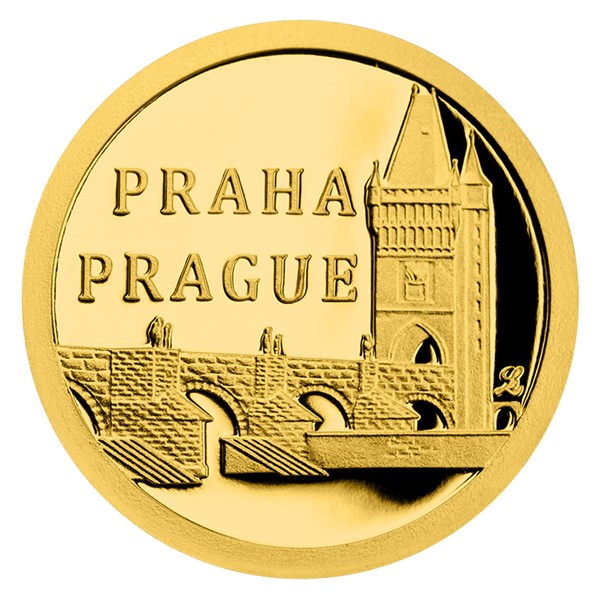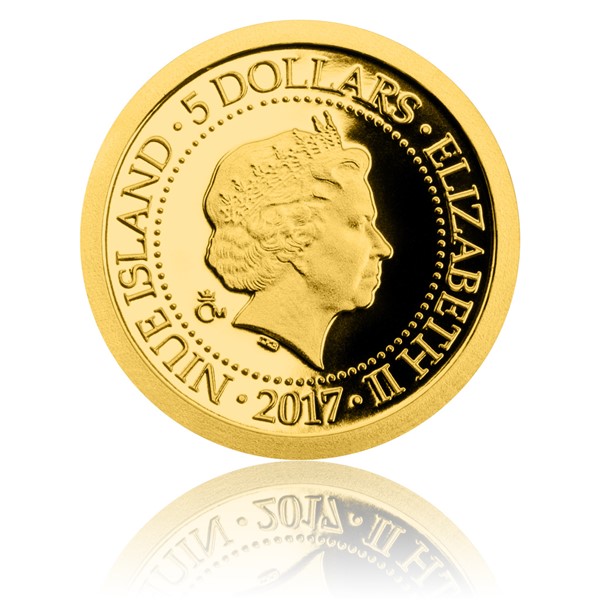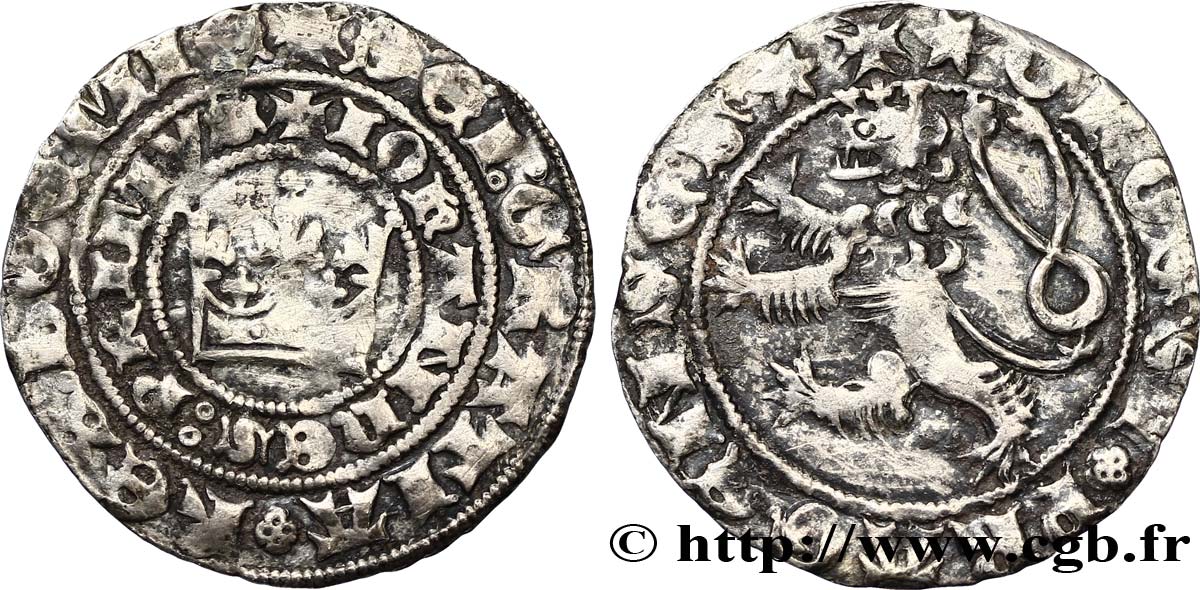Top Tips To Gold Blanks Czechoslovakia Coins
Wiki Article
What Is The Process To Take A Plaster Model And Scan It To Make A 3d Digital Model Of Gold Medals Or Coins?
The process of scanning involves the use of specialized equipment that captures the plaster maquette in digital format. This digital replica is utilized in a variety of ways throughout the production.
3D Scanning Technique: High-resolution 3D scanners are used to record dimensions and other details on the plaster models. The scanners employ various techniques like laser scanning and structured light to capture precise measurements and geometrical shapes.
The scanner will emit light or lasers beams to the surface plaster models. The reflections or distortions caused by these beams are captured by the scanner, which records the model's surface information.
Data Collection- When the scanner travels across the surface of the plaster model, it gathers a vast amount of data points, which creates an image of the model's geometry, contours, and details.
Conversion to 3D Model: The data points are then reconstructed using specially designed software. This model reflects the physical dimensions and features of the plaster maquette.
Why do we need to create a Digital 3D Model
Digital 3D models allow for exact reproduction of the physical model’s dimensions and other details. It is crucial to keep this accuracy in order to ensure that the final design of the gold coin or medal is in line with the original.
Digital models may be easily altered or refined. Designers have the ability to modify the 3D model but not alter the maquette that was originally created.
Compatibility With Manufacturing Processes Compatibility with Manufacturing Processes Digital 3D Models are compatible with various manufacturing processes, like 3D printing, CNC machining, which facilitates the manufacturing of dies and molds to make mass production.
Digital 3D models serve as a reference for the design. They can be saved digitally to allow future reference, reproduction or for historical documentation.
By scanning and creating a 3D digital representation of the model in plaster, designers and manufacturers can streamline the manufacturing process and ensure exactness and accuracy when replicating the original model. Follow the recommended Scanning and 3D Modeling Czechoslovakia gold medals website tips. including coin buy silver, gold coins coin, 1 4 oz gold coin, 2000 sacagawea, 5 cent piece, gold sovereign coins, 1972 gold dollar, gold dollar coin 2000, price for one ounce of gold, buy gold and silver and more.

How Does Laser Technology Work To Refine The Surface Of A Gold Coin Medal Die?
To increase accuracy and precision Laser technology is employed in the production process of master hubs, or dies, for gold coins or medals. Here's how laser technology is employed in this process Surface Refinement
After initial processing, laser technology can be utilized to improve the surface of dies or hubs. It is able to smooth imperfections or eliminate burrs.
Detail Enhancement-
Laser ablation, also known as laser engraving techniques, are used to improve or increase the complexity of features on the hub master and die. Lasers have the ability to remove the material or etch it in a precise manner to create fine lines, textures and intricate patterns.
Microstructuring-
Laser microstructuring involves creating microscopic details or textures onto the die's surface. This technique permits the creation of specific patterns or textures which can enhance the visual appearance as well as security features on coins and medals.
Surface Hardening Treatment or Hardening
In some cases laser technology is used for the treatment or hardening of the surface of dies as well as master hubs. This process enhances the surface's durability and wear resistance, which ensures that the die or master hub will last for a long time.
Precision Alterations
Laser technology permits precise alterations or corrections on the die or master hub without impacting the overall geometry. This allows changes to be made to the surface of the die, and addresses any flaws or defects that could affect the overall quality of forged medals or coins.
Controlled removal of material
Laser ablation eliminates materials precisely, particularly when fine details must be adjusted or defined. It is a non-contact method of removal of materials, while preserving the integrity of surrounding areas.
Laser technology used in the refinement of surfaces and the enhancement of the details on dies or masters hubs can result in higher precision, greater detail and a better quality surface. It's a perfect complement to conventional machining, and allows for precise manipulation of die surface characteristics that are critical for striking gold medals or coins. Have a look at the top rated laser processing Prague Mint gold coins more recommendations. including gold buffalo, 1 ounce of silver, gold silver dealers, $20 gold coin, 5 cent piece, gold piece price, sovereign british coin, 1oz gold price today, st gaudens double eagle, purchase gold coins and more.

How Do You Make And Weigh Gold Blanks To Be Used In Minting?
In order to create gold-plated coins or gold medals that are precise and consistent gold blanks have to be prepared with care. Preparation Process: Gold Material Select - For the production of blanks it is necessary to select a high-purity metal. The gold is typically refined until it meets the standard of purity required for coinage.
Gold Blank Production - The gold is made into blanks using the process of blanking, also known as blank-cutting. Blanking is the process of cutting discs and planchets of coins in size, made from gold by using special equipment.
Accurate Measuring and Weighting
Weighing- Every blank is individually weighed to ensure it is in compliance with the weight requirements for the coin or medal. This method ensures that each piece has the exact amount of gold required for the desired denomination.
Measuringthe diameter, thickness as well as the overall dimension of every blank are measured using precise instruments to ensure uniformity and adhesion to the design specifications.
Inspection and quality control
Visual Inspection- Every Blank is visually inspected to find surface imperfections.
Rejecting non-conforming blanks In order to maintain consistency and uniformity, all blanks that don't conform to the weight, size or quality standards are rejected.
Justification for the necessity of
Consistency throughout the Minting Process A precise measurement and weighed blanks ensure uniformity. Consistency is the key to achieve consistency in the strike process that results in coins or medals with the same high-quality.
Affordable Gold Content The exact weight of each blank ensures the coin or medal will have the exact amount of gold meant to be used, which guarantees precision and purity.
Uniform Blanks Help Prevent Variations Uniform blanks can prevent weight or size variations that could impact the value, legality, and the usability of a currency or medal in circulation or commerce.
Quality Assurance- Strict quality control measures throughout blank preparation ensure that only the highest-quality, defect-free blanks are used in the minting process, reducing the possibility of defects on the finished product.
Legal Compliance. For coins intended for circulation, or for commemorative purposes it is crucial to comply with the requirements. This will ensure that they comply with all legal requirements as well requirements set by regulatory agencies and mints.
Making gold blanks of top quality and with consistency are crucial steps during the process of coining. They guarantee the production and accuracy of gold coins with high value and medals. Read the best gold blanks for Prague Mint gold medals site recommendations including buy gold bars, purchasing silver bars, order gold coins, 2000 gold dollar, 1 oz gold bars, gold bullion price, gold bullion bars for sale, gold bars for sale near me, price of 1 oz of gold, gold coins and bullion and more.

Why And How What Is The Reason Why Limited Edition Or Gold Coins That Are Uniquely Number-Coded?
Limited edition or rare gold coins are usually individually numbered for a variety of reasons, primarily to establish the authenticity of the coin, as well as to ensure their exclusivity and increase their appeal to collectors. Here's why and how this numbers are created.
Sequential Numbering - Each coin of an edition of limited numbers or collectible is given an unique serial number. The serial number is typically engraved or stamped on the surface or edges of the coin. This number represents the place of the coin in the collection.
Certificate of Authenticity. The coin will come with a proof of authenticity that matches the unique number on the coin. The certificate confirms that the coin is authenticity, and includes information about the type of coin, the composition of the metal, and minting date.
There are many reasons to number coins separately.
Authenticity Assurance- Individual numbering is a simple and reliable way to prove the coin's authenticity within the limited series. Each number acts as an identifier to ensure the coins authenticity. genuine and part of the authorized collection.
Special Edition Coins With Individual Numbering Are Perceived as more exclusive and rare. Collectors are drawn to numbered coin due to scarce supply. They also enhance the worth of these coins.
Numerous coins are collectible and allow collectors the ability to showcase particular numbers. Lower or significant sequence numbers could be considered to be more desirable.
Individual Numbering is a great way to encourage collector engagement and interest in completing sets or acquiring Specific Numbers. Collectors may seek out specific numbers in accordance with their personal preferences or milestones.
Value and Resale Potencial- Coins that have unique serial numbers are more valuable on the secondary market. This is especially true in the case of coins that belong to an established series or have a an earlier serial number. They can be valued for their rarity or uniqueness by collectors.
Trackability, Documentation and ProvenanceNumbering is used for tracking and logging for each coin’s history. This assists in proving provenance on the market for collectibles.
By numbering collectible or limited edition gold coins mints, mints, or issuers, establish authenticity, establish exclusivity and boost the appeal of these coins to collectors seeking unique or significant pieces. Numismatics usually attach a special significance and importance to these numbered gold coins. Take a look at the most popular Czechoslovakia gold medal numbering site tips including 24 karat gold coin, 1 0z gold price, sovereign british coin, purchasing silver bars, 2000 gold dollar, british sovereign gold coin, today's 1 oz gold coin price, congressional gold medal, gold bullion bars, buy coin gold and more.